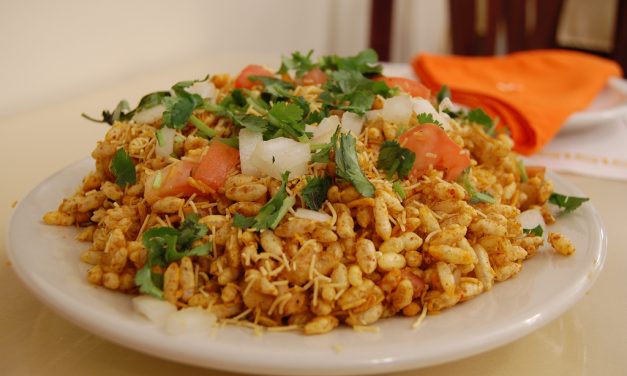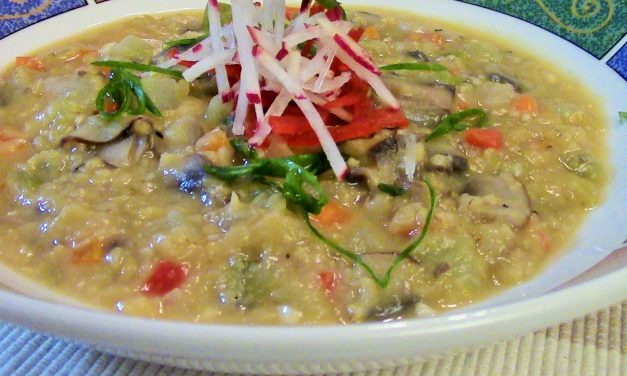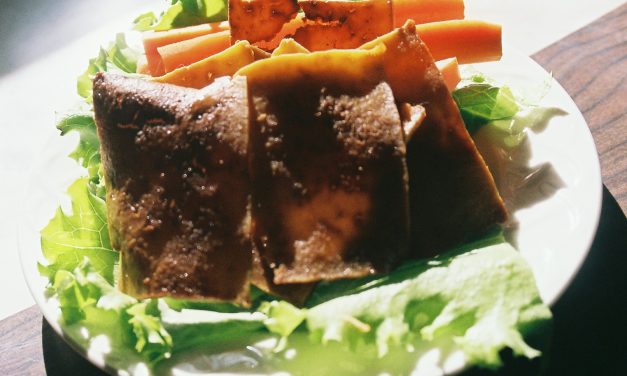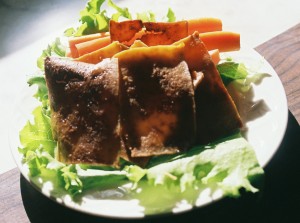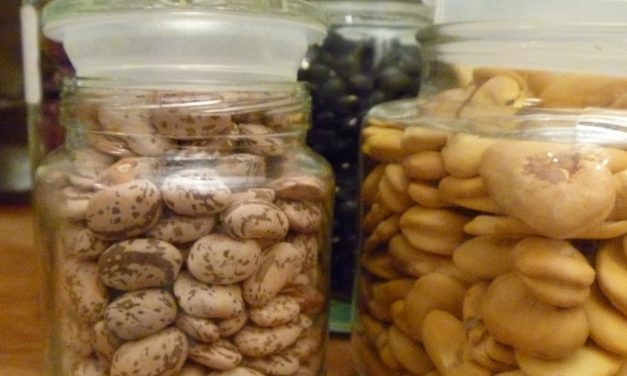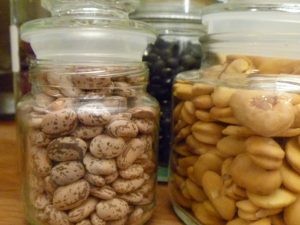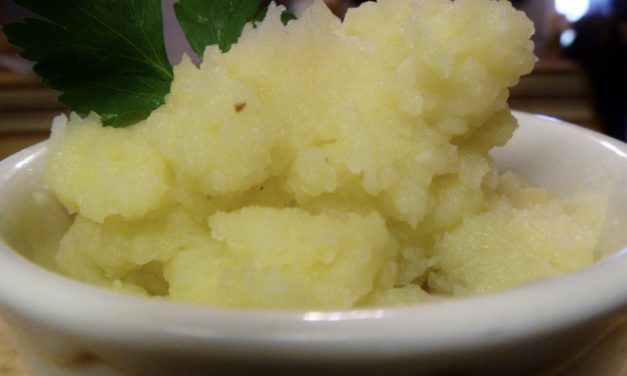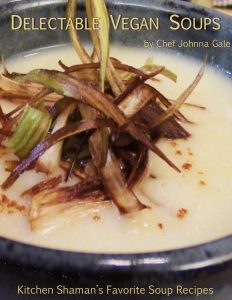Cuisine of India: I need a road map
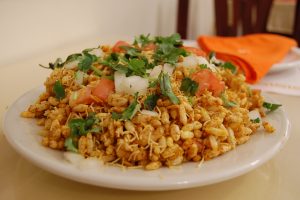 I have stepped into the grand adventure of teaching myself how to cook the cuisine of the subcontinent India. It is not an easy task, and involves hours of research, reading, and learning techniques in the kitchen. Mostly it is a language barrier.
I have stepped into the grand adventure of teaching myself how to cook the cuisine of the subcontinent India. It is not an easy task, and involves hours of research, reading, and learning techniques in the kitchen. Mostly it is a language barrier.
During the research process, I have discovered that terminology is specific to region. Names of ingredients and processes are different, but mean the same thing. And that can be terribly confusing for someone trying to learn how to cook new foods.
The prime example is the backbone of India cuisine, Masala. But what is it, and how do you define it? Wikipedia says “any spice mixture.” And that can mean either a dry spice mix, or a cooked spice mix. But how is it determined? Almost every website I read has a different kind of description for the same thing. Masala can be a wet or dry spice mix. chaat is a dry mixture, punjabi is a wet mixture. However, more identification of regions is necessary for my American head to wrap around. I am trying to learn something on my own, that most Indian cooks know instinctively, through language and region.

